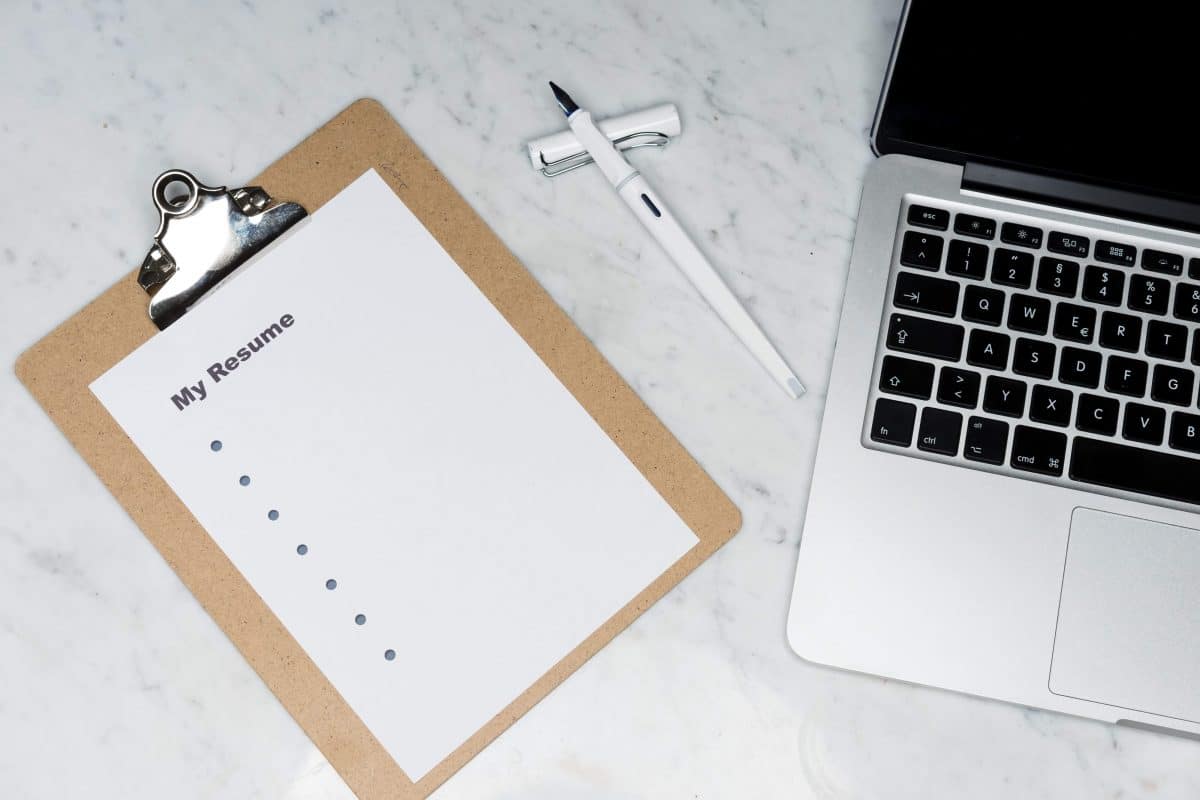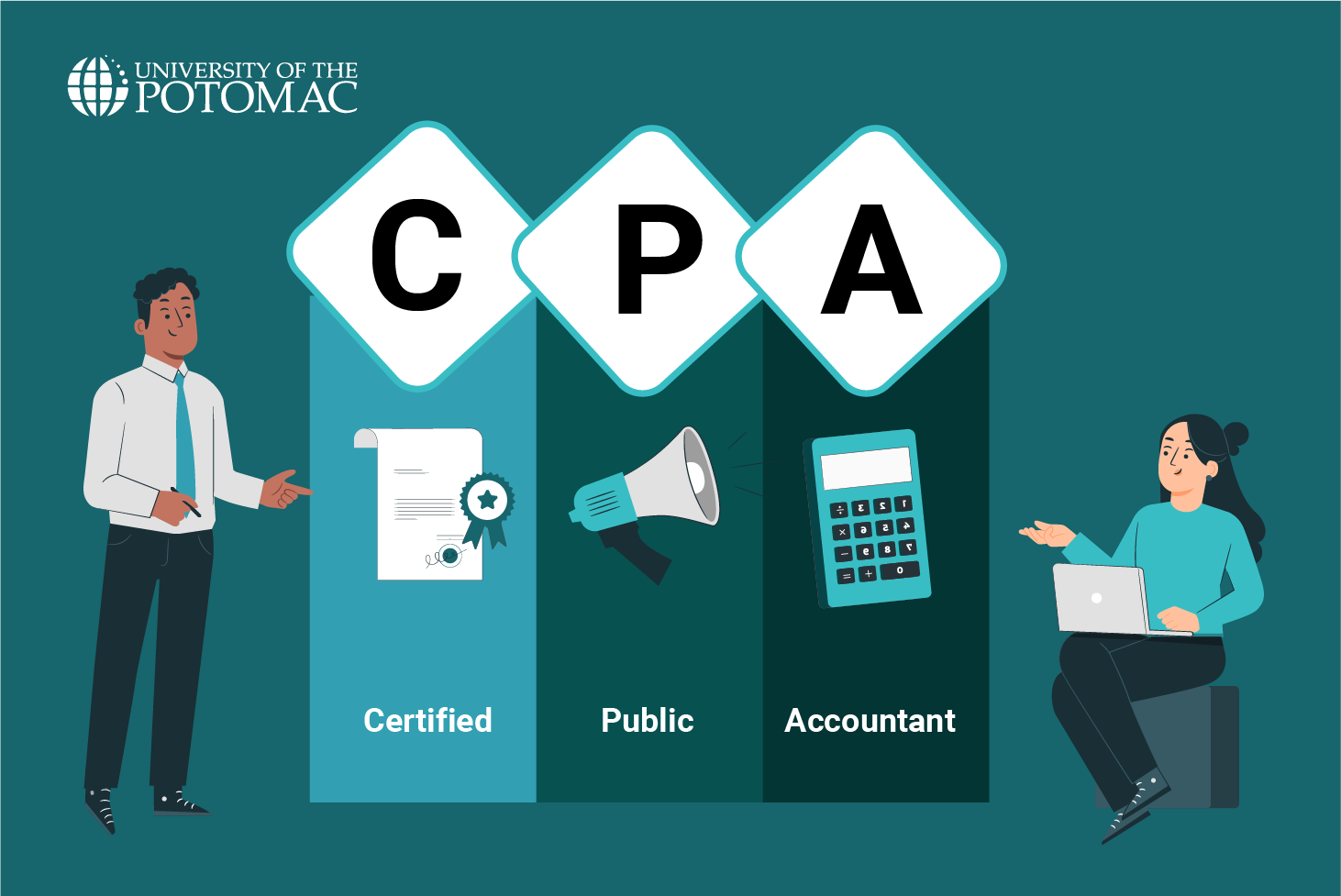When you want to write a resume, in your mind, you’re planning to bring out a perfect product that will get you hired. But how exactly will you write a perfect resume if you don’t have prior experience in building a resume in English? You don’t need to worry about that at all, we’ve thought about you!
So, here are 12 tips for international students on how to write the best resume.
1. Stick to a One-Page Resume
Sometimes, we tend to believe that the longer the resume we write is, the higher the chance to get hired. However, we learned the hard way that it isn’t necessarily so. The trick is to add all the information needed in a brief but comprehensive way. In this manner, the format of a one-page resume is the ideal one.
The one-page resume is what is mostly preferred by recruiters. The reason behind it might be the time limitation they have to read the resumes of all the applicants. Also, a shorter resume will certainly push you to prioritize your strengths and add only meaningful information.
2. Don’t Forget to Add the Basic Information
As a rule, the hardest part of a test or writing piece takes the most time and attention. Sometimes this can result in us forgetting to add the crucial information, i.e., our name. But this shouldn’t happen at all. That’s why writing your name should be the first step in the process of creating a resume. The name should be written in a larger bold font. Also, don’t forget your contact details. You should make sure they’re listed clearly. Your name, together with your contact details—phone number, email address, street name, city, and state, should appear at the top of the resume regardless of the resume format you’re using.
3. Put Essential Information First
While this tip might sound similar to the one mentioned above, this one here focuses on the overall order of the information put on the resume. The most crucial info goes at the top. You start with your contact details, work experience, relevant skills, and educational background. When you talk about skills, try to list the most important ones first.
4. Use Effective Keywords and Titles

Nowadays, many companies are already using digital databases to search for candidates. Meaning that HR professionals will run search queries based on specific keywords. So, if you don’t include the right keywords related to your job position in your resume, you might get lost in the crowd of the candidates. In case you aren’t familiar with these keywords, take a look at the job description and the job ad to find clues about what the employer is looking for.
You should also be careful with the titles you use in your resume. Try to be as descriptive as you can with the job positions you’ve held. They should grab the attention of the recruiters. For instance, if you’ve worked in business administration, you shouldn’t just mention the field you worked in, but also the exact position you had in that company.
5. Stay Away from Jargon or Slang Use
One thing that we know for sure is that slang shouldn’t be used in a resume. Not even technical jargon. You shouldn’t assume that the recruiter knows what you’re talking about. The individual that’s going to read your resume might not have any technical expertise you might think they have.
6. Be True to What You’re Writing
While this might sound like a no-brainer, it’s something that happens quite often. Many people, for different reasons, lie on their resumes. However, even if this goes through your mind, avoid it at all costs. One of the reasons is that most HR departments do a background check before even contacting someone for an interview. That’s why you wouldn’t want to lose your credibility for good.
7. Pay Attention to the Typography

When writing the resume, you should write it with the people who are going to read it in mind. Not everyone’s eyesight is the same. That’s why you should make sure that the fonts you’re using are big enough. The optimal font size you can use in your resume is 12 points. As for the font style, you can choose whichever you like, but the safer choices would be “Arial” and “Times New Roman.” Another thing to keep in mind is not to use capital letters all the time, since that will result in you not communicating the message of the resume as clearly as intended.
8. Don’t Include Irrelevant Information
Irrelevant information is all the information that won’t be considered in your hiring process. Irrelevant information would include political affiliation, religion, and sexual preference. Not only will this information not help you, but it might also hurt your chances of getting employed.
Interested in pursuing a degree?
Fill out the form and get all admission information you need regarding your chosen program.
This will only take a moment.
Message Received!
Thank you for reaching out to us. We will review your message and get right back to you within 24 hours.
If there is an urgent matter and you need to speak to someone immediately you can call at the following phone number:
- We value your privacy.
9. Use Bullet Points
Considering the large number of resumes recruiters receive daily, it’s common sense that they don’t have the time of the world or even the patience to read large chunks of texts. That’s where the use of bullet points is the perfect move. You can use bullet points and short sentences to describe your educational background, experiences, and professional objectives. In this way, you’ll serve recruiters all the information they need to know in a way that won’t bore them.
10. Use Action Verbs

Using action verbs is a standard tip given to students. However, you might be wondering what their function in a resume is. Action verbs are those verbs that will get noticed more quickly, as they describe a mental or physical action. They’re a more persuasive language tool that allows you to be concise and impactful. Additionally, they’ll help recruiters picture you in the role you claim you had.
11. Don’t Use Pictures Unless You’re Asked To
Sometimes we may feel as though the resume isn’t complete without a picture of us. Regardless of how tempting this might be, you shouldn’t attach a photo to your resume. If you’re not applying for a job where the physical traits are fundamental, or the employer didn’t specifically request it, you should avoid this step.
12. Have Someone Proofread It
After all the time and effort we put into building our resume, it’s understandable we might feel like we did the impossible, and it might look perfect in our eyes. However, this isn’t always the case. That’s why we should get a second or third opinion before submitting it. When we spend quite a bit of time writing, we might become blind to our mistakes or way of reasoning. But a fresh set of eyes will notice what needs to be improved and give appropriate suggestions on how to actually improve it.
There you go, folks. If you’ve been asking yourself what a student should put on a resume or maybe needed a few tips on creating a resume that will get you hired, now, you have them all. Make good use of them. Good luck with your job hunting process. If by chance you happen to need someone to give you a hand with creating a resume, know that we are always ready to help. All you need to do is contact us.










